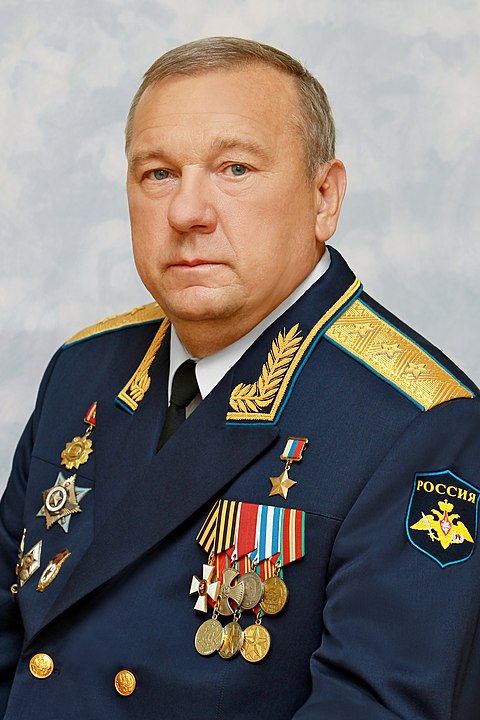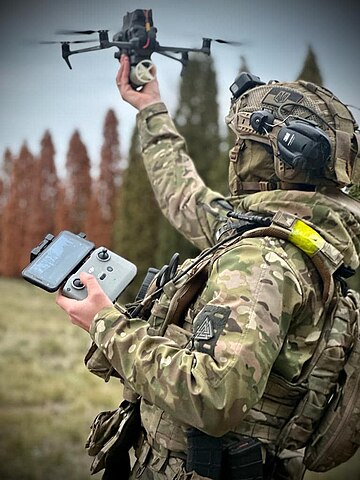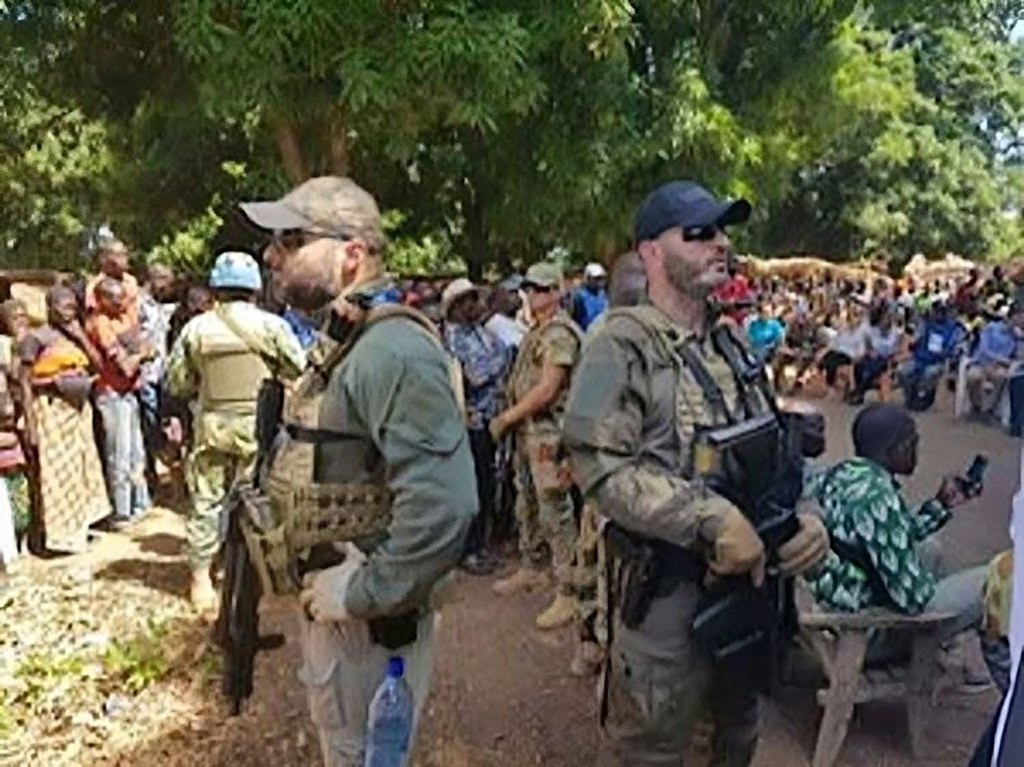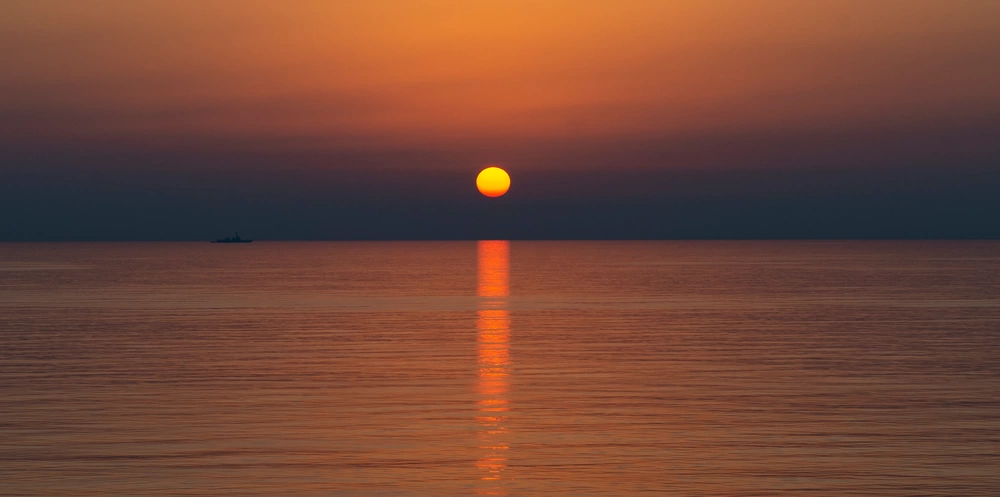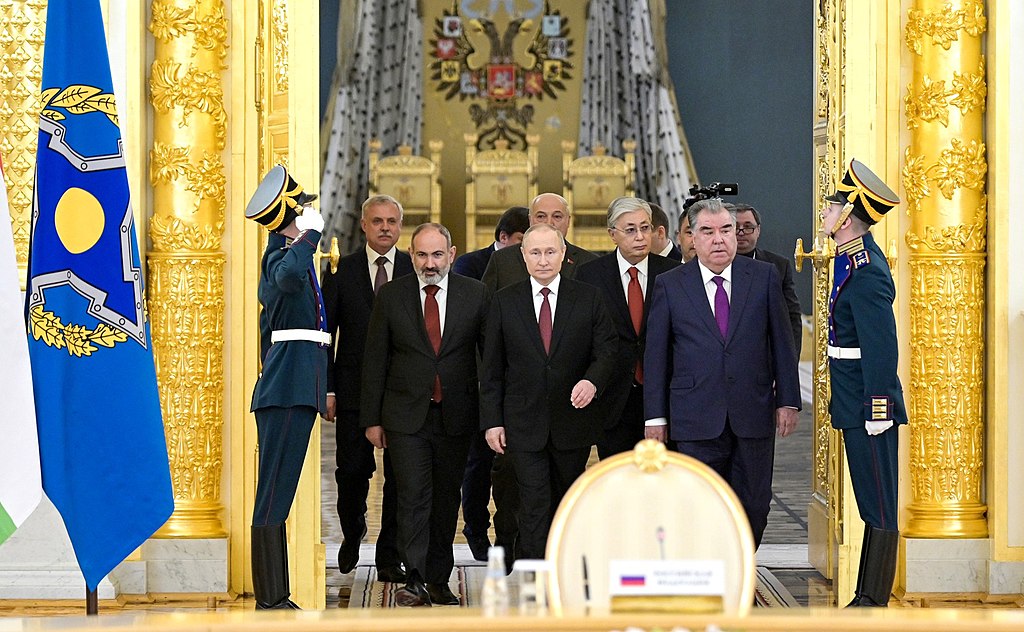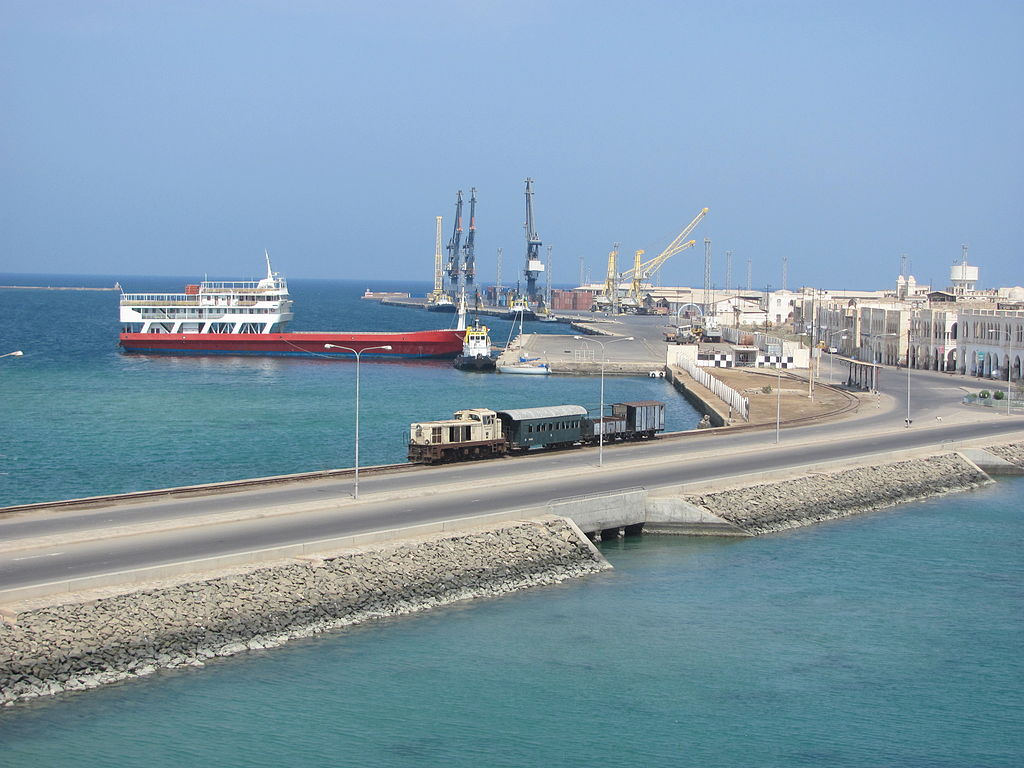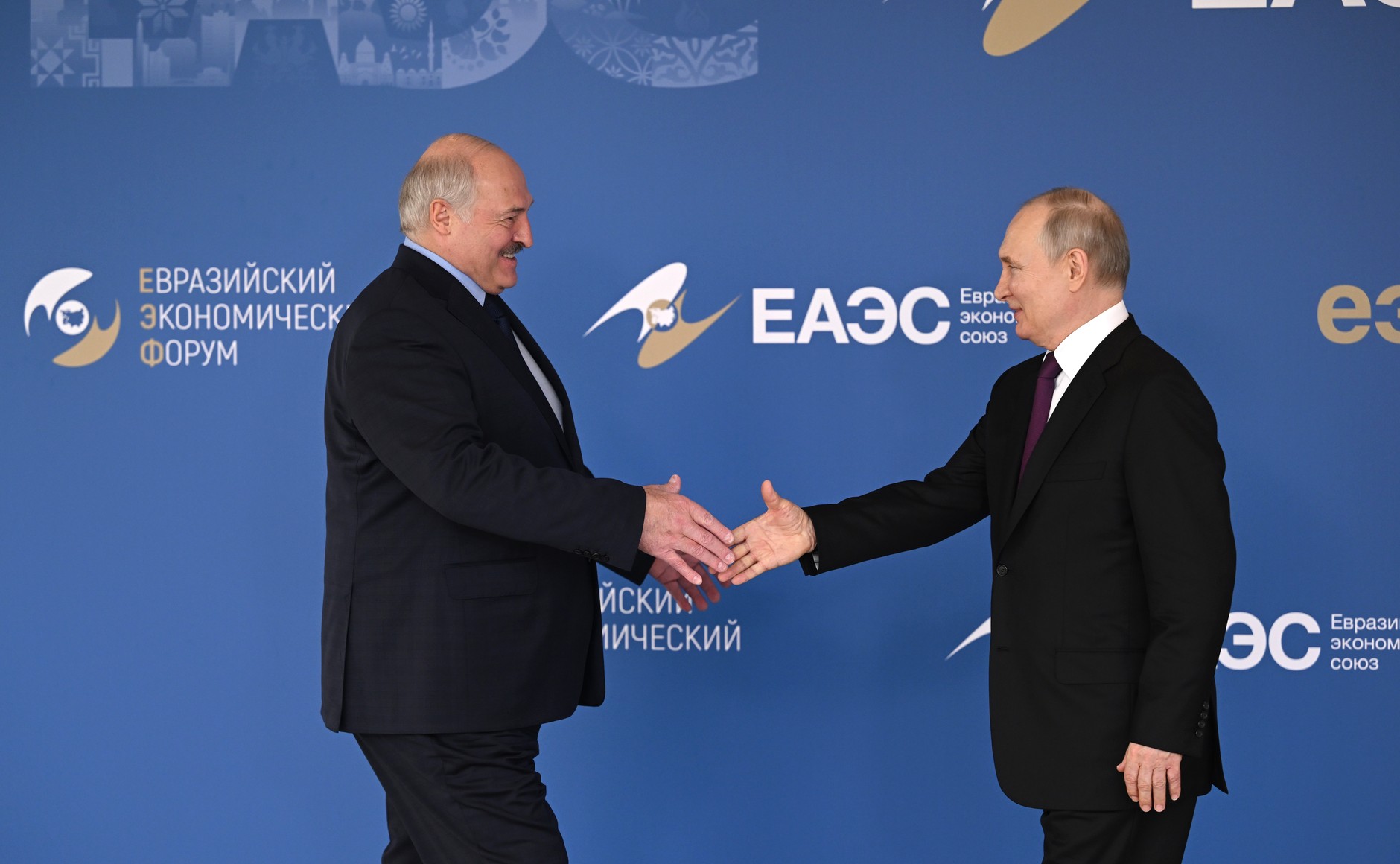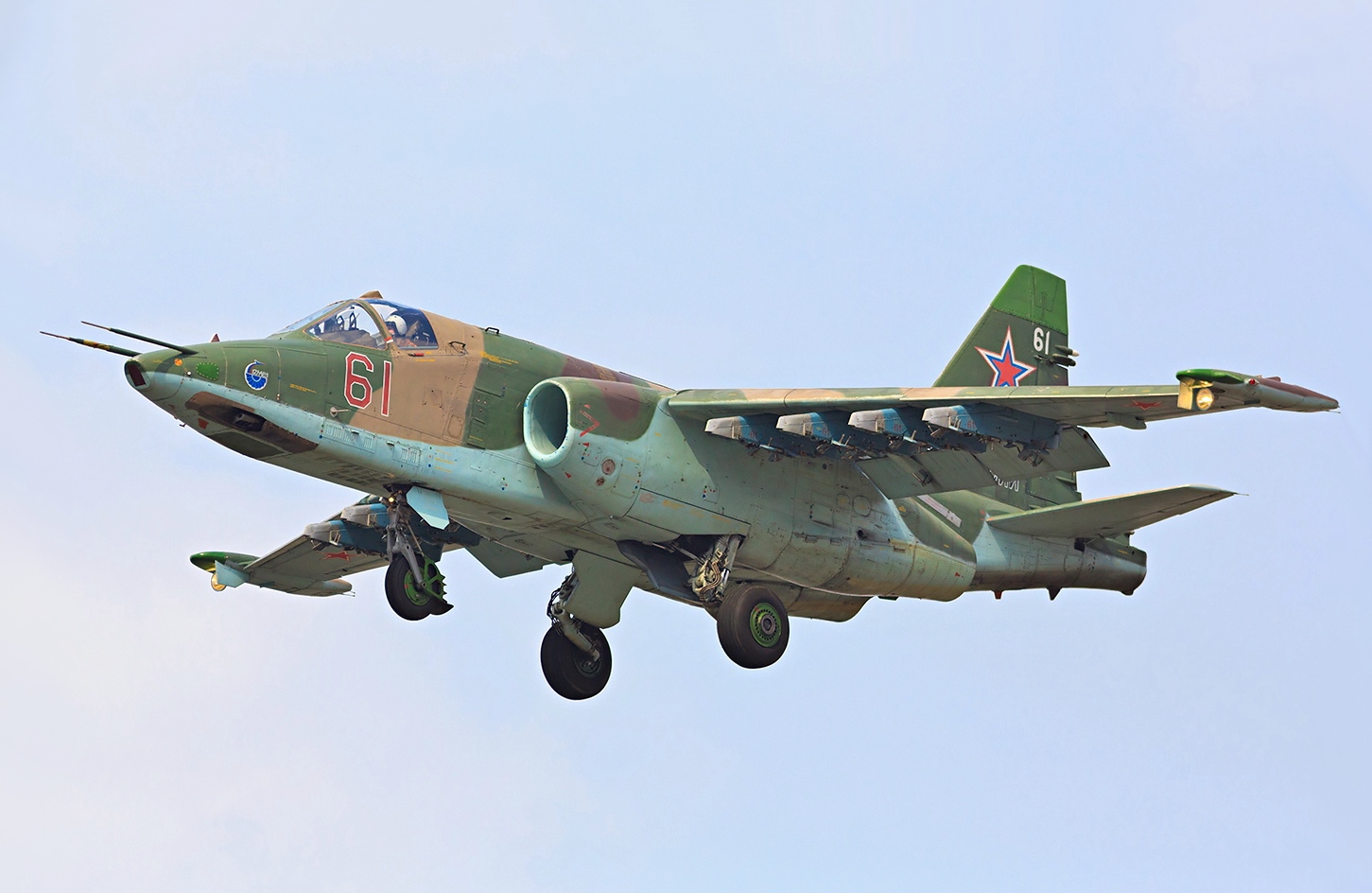“New legislation opens up the establishment of regional military companies that will be in charge of “guarding the state border in times of war.” The amendments that were announced by Member of the State Duma Andrei Kartapolov on the 25th of July will allow Russian governors to build their own private military companies.”
Russia is looking for additional military forces and private military groups for use in the event of a national emergency. Draft Russian legislation may allow the formation of republic/regional armed forces that could be used to defend Russia in a time of crisis. According to the Norway-based The Barents Sea Independent Observer, the new Russian units would have the mission to “protect the state border, fight illegal armed groups, and combat foreign sabotage and intelligence formations.” Details are sparse on important details, including whether these regional armies would belong to the republics or to the seven federal regions, and how they would interact with the traditional instruments of state power, including the Armed Forces, the Federal Security Service, and the National Guard (Rosgvardia).
Source:
Atle Staalesen, “Russian governors could soon start building Regional Armies,” The Barents Sea Independent Observer (online in English and Russian), 27 July 2023. https://thebarentsobserver.com/en/2023/07/russian-governors-could-soon-start-building-regional-armies
New legislation opens up the establishment of regional military companies that will be in charge of “guarding the state border in times of war.” The amendments that were announced by Member of the State Duma Andrei Kartapolov on the 25th of July will allow Russian governors to build their own private military companies.
According to Karapolov, the military formations will be “specialised state unitary companies that on the decision of the Russian President can be established to protect public order.” They will also be used to “protect state borders in times of mobilisation, as well as in times of martial law and war,” Kartapolov explained. Andrei Kartapolov chairs the State Duma Committee on Defense. He is also General in the Russian Armed Forces and was in charge of the Army’s so-called Military-Political Department ahead of his election to parliament in 2021.
The new legislation comes as part of controversial amendments in the Russian Law on Draft Age. It is not clear how the new military formations will interact with Russia’s existing forces, among them the Armed Forces, the FSB and the National Guard (Rosgvardia). But the new regional units will be armed and allowed to use force. And they will “interact with the Interior Ministry, the FSB and Ministry of Defense to protect the state border, fight illegal armed groups and combat foreign sabotage and intelligence formations,” the Russian version of the Barents Observer reported.
In addition, they will reportedly be commissioned to take action in issues of public law and order, which could mean that they can be applied to repress protest actions. They will also engage in fighting drones, in the air, under water, as well as unmanned surface vehicles.
The formations will have extensive authorities and face little consequences for their actions. Reportedly, members of the new forces will bear no responsibility for inflicted damage of moral, physical and material character, and citizens will have no right to oppose their demands.According to Kartapolov, the law is “made for a big war, and the smell of such a big war can already be scented.” The new legislation comes into force on the 1st of January 2024.

